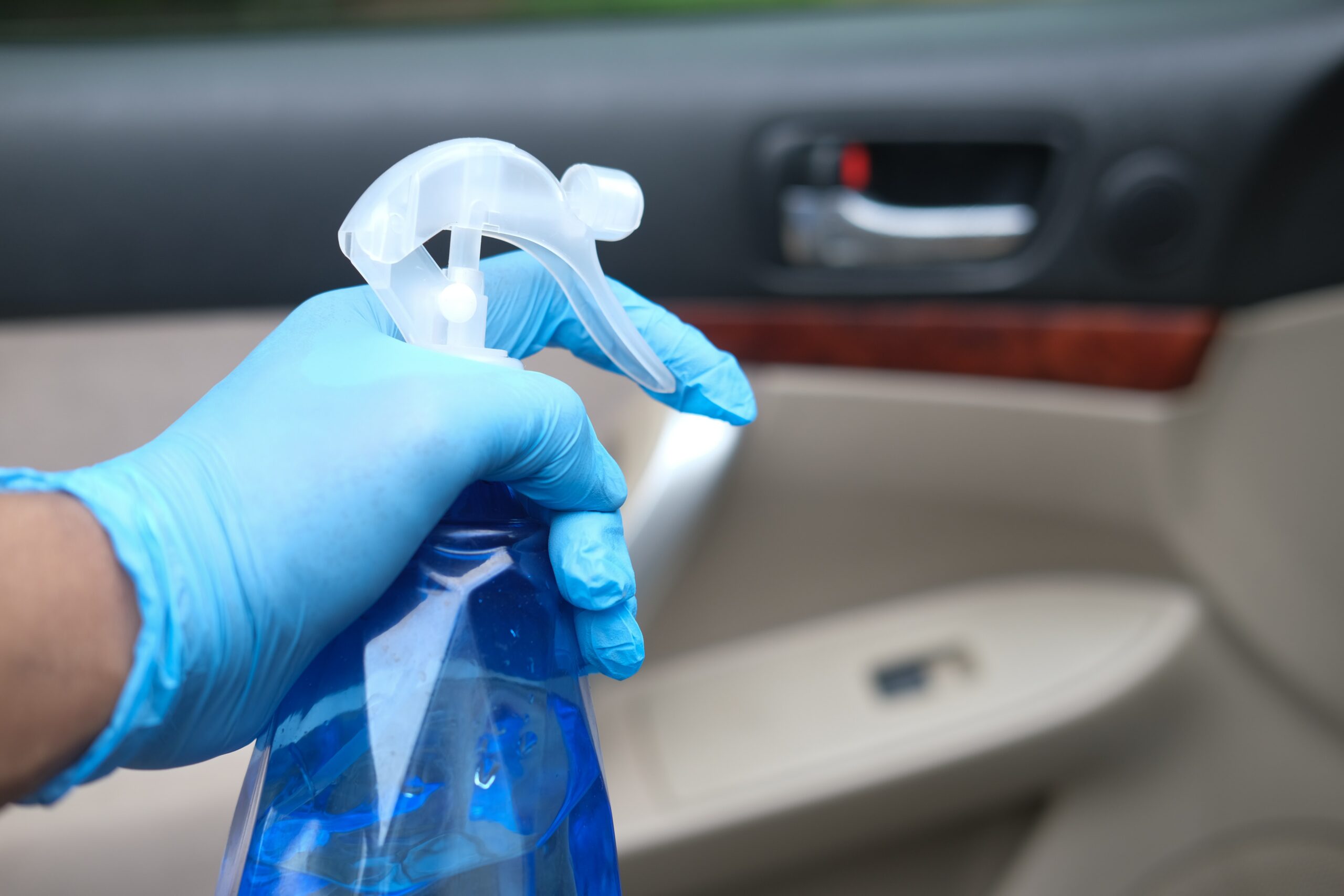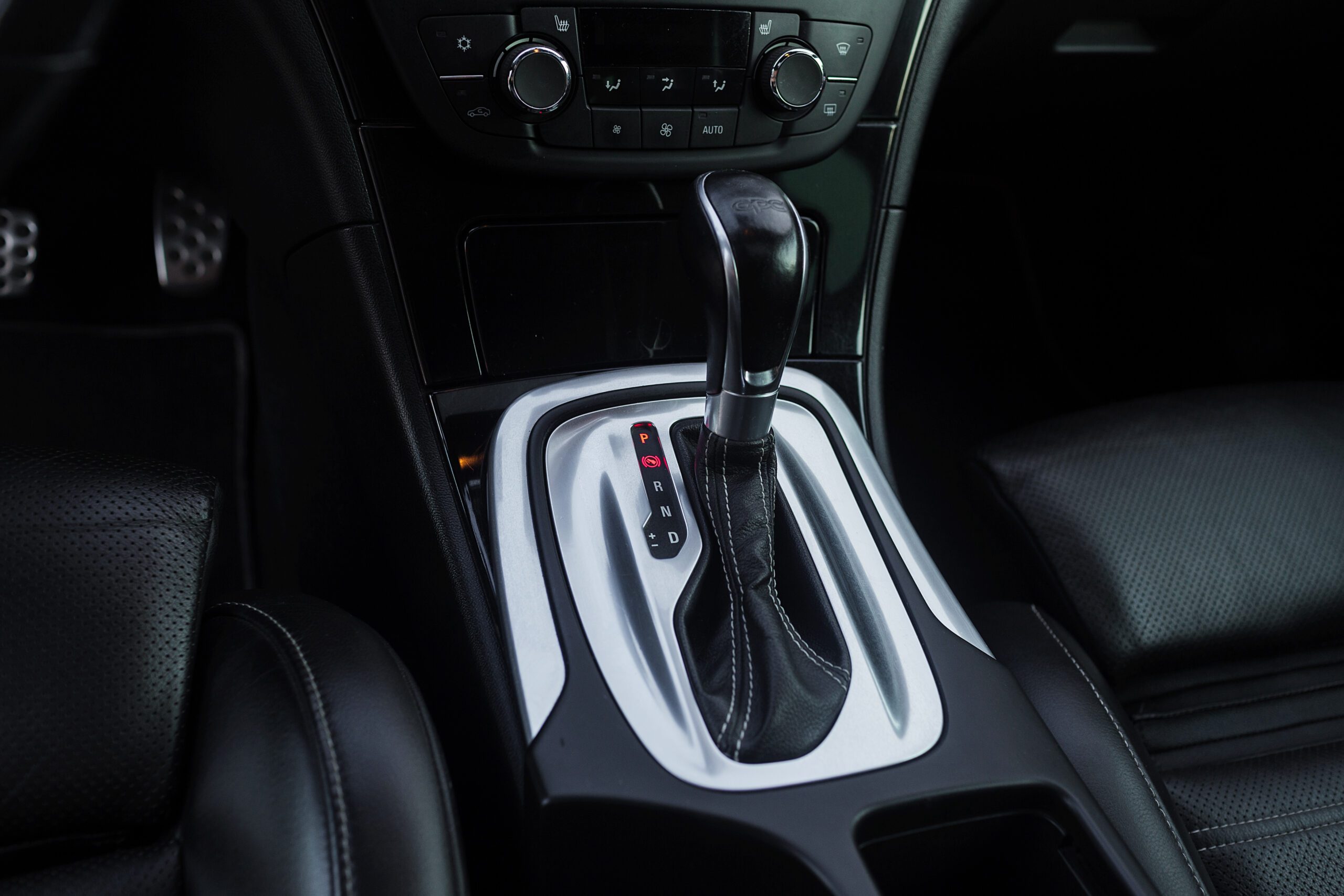Getting Cars Online Faster Improves Your Revenue
In a rapidly changing auto sales world (e.g. ongoing inventory challenges, rising interest rates, etc.), it’s all the more important for dealerships to get their vehicles online and looking great as quickly as possible. Not only does this save you money in terms of holding costs and overhead, but it also helps you turn inventory quicker and makes you more competitive in the market. In other words, reducing your time-to-market is and should be the name of the game in 2022 and beyond.
To further clarify, consider this: a clothing retailer doesn’t want product on the shelves that’s rapidly falling out of fashion, and a grocery store doesn’t want shelves full of food that’s spoiling because it’s not selling. Wasted time is wasted revenue, and most industries know this well.
Auto dealers are no different, and every car on a lot has an inherent daily cost that dealerships have to pay until they’re sold. So the primary goal for any savvy dealer should be getting cars online as quickly as possible. However, as with any kind of marketing, quality matters – so cutting corners to get listings online with poor imagery can actually do more harm to your brand than good.
Consider Your Holding Cost
Let’s start by covering what a holding cost is. It can get complicated, but in simple terms holding cost is the dollar amount it takes per car on a daily basis to keep and maintain it in your inventory, regardless of whether it’s actively listed and for sale or still in reconditioning stages. On average, the holding cost of a new car, for example, can range from $30-40 per day, with pre-owned holding costs often being even higher.
What this means is that the quicker you can get a vehicle photographed and online, the less your dealership will have to pay in holding costs, and the higher the revenue for the car when it sells. Just like in a grocery store, a customer won’t buy anything that’s not on the shelf, and a vehicle being online and properly merchandised is no different. These holding costs start adding up the day you acquire the vehicle, so eliminating any obstacles to getting online is ideal.
Reconditioning Can Be A Major Holdup

Since we know any car on your lot is costing you money if it’s not selling, reconditioning can represent a costly bottleneck. It’s certainly an important step (nobody’s going to buy clothes from a retailer that doesn’t have things clean and organized, for example), but once the manual work on the vehicle is done, taking photos/videos and getting them online is often the biggest slowdown and the biggest hit to holding costs.
This is even more true for smaller dealerships, as just one or two inventory management mistakes or delays can crush a month’s revenue. Bigger dealerships may have a little more wiggle room, but the problem is the same. Whether you handle photography in-house or through a lot-services vendor, taking quality photos (and videos where possible) and getting them online as soon as the vehicle is ready hits the greenlight on the sales process, and will ultimately save you money.
Time-To-Market Considerations
As we head closer to the end of the year, new models will be rolling off the production line before you know it, which can effectively de-value older models. So depreciation is something to consider, as is minimizing your inventory age. Industry experts agree that dealerships should try to get at least 50% of their vehicles retailed within ~30 days of arriving on the lot, which can boost your gross profits.
But again, in order to get those cars turned over, they need to be properly photographed. This process should take place as soon as possible once reconditioning is complete, or once a new car is detailed and ready to sell. This is the perfect time to consider incorporating video into the process, as research shows over 75% of auto shoppers consider video heavily in their buying journey. Regardless of what you choose to shoot, these assets should be uploaded to your data feed and pushed to your website as quickly as possible, ideally in real-time but certainly the day they’re shot.
A Picture Says 1,000 Words

Now that we’ve covered how important it is to take photos and videos of cars and get them online quickly, let’s address quality. There are countless examples of bad vehicle photography out there, as well as the impact imagery has on the time it takes to close a deal (Redline has written about this subject plenty of times ourselves). In the end, the better the visual representation of a car online, the higher the likelihood someone will be interested in buying it. And that’s the goal, isn’t it?
The reasoning is pretty simple: just like everything we consume, what we see plays a big part in our buying decisions. Restaurants spend a lot of time making dishes not just taste great but also *look* great, which is the same idea that applies to your vehicles. Proper angles, high-resolution image files, considering background elements, and the quantity of the photos shown all make a huge difference in how consumers make buying decisions. Whenever possible, consider using a reputable, experienced vehicle photography vendor to ensure you’re getting the best possible imagery and the fastest possible uploads to your site and feed.
The Takeaway:
Much of what we’ve covered above should go without saying, but it’s a good reminder that reducing the time it takes to get a vehicle off the loading truck and onto your website is ideal. You can significantly reduce your holding costs and boost your per-car revenue simply by paying attention to bottlenecks in the process, and ensuring your vehicle photos and video are as high-quality as possible. Remember, if it isn’t on the shelf, nobody can buy it!

Redline is dedicated to helping modern dealerships engage, communicate with, and cater to modern, tech savvy car shoppers. Our unique proprietary suite of products and services optimizes and redefines how automotive dealers reach, retain, market, and sell to customers — front end, back end, all ends.

